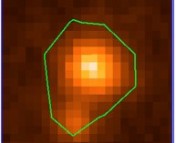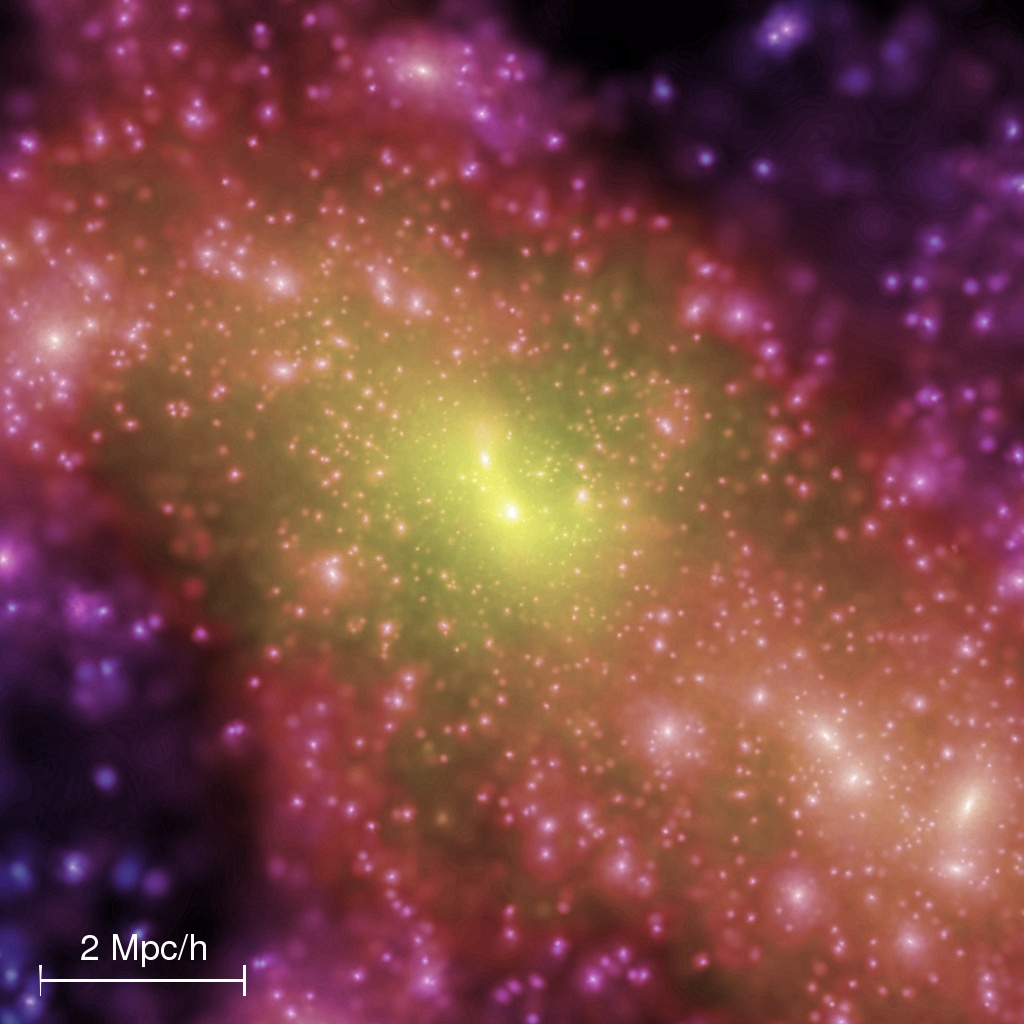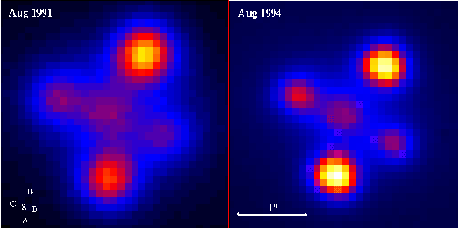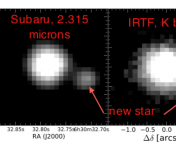Title: Ubiquitous Time Variability of Integrated Stellar Populations
Authors: Charlie Conroy, Pieter G. van Dokkum & Jieun Choi
First Author’s Institution: Department of Astronomy, Harvard University, Cambridge, MA, USA
Status: Published in Nature
Original Astrobite (en español): Estudiando el pulso de una galaxia: Modelo v/s Observaciones
Today we review a study searching for a way to measure the ages of stars in a galaxy. The objects in this study are long period variable stars — named for the varying intensity of their light, or flux, with periods of approximately 1000 days. These stars represent a late phase in stellar evolution, occurring during a period known as the asymptotic giant branch. The quantity of these stars gives information about the life cycle of a galaxy, and the authors explain that with their new technique it is possible to take the “pulse” of a galaxy.
The authors begin with a computational model, which quantifies the expected light from all of the stars in a galaxy, including the variable stars, over 200 days. Given that the goal is to compare with observations, this model can be considered “simulated observations”. Figure 1 shows the changes in the intensity of light in the (simulated) pixels during the first 120 days. Some pixels are bright for a few days, and later their intensity diminishes. The authors explain that each pixel represents between 10 thousand to 10 million stars, taking into account that a massive galaxy has about 100,000,000,000 stars. Since there are many stars and far fewer pixels, the authors have to use statistical methods to measure the variable stars. These variable stars cause the pixels to have a “shimmer”, or pulse.

Figure 1: Simulated observations, or model (left), of a galaxy similar to M87. To the right, the flux is shown divided by the average flux of each pixel over 1000 days. Below, some pixels change brightness over 100 days. (Figure 1 in Conroy et al. 2015)
Next, the scientists compare the models, or expectations, for the brightness and pulse of the stars in a massive galaxy, to a real galaxy: M87. M87 is a massive, metal-rich galaxy. The Hubble Space Telescope observed M87 for 72 days in 2005, and the data are publicly available in the online archive. Figure 2 shows the “light curves”, or flux variation, in representative pixels during the 72-day observations. You can see that there are various changes in the light curves — flux can increase, decrease, vary periodically, or in a manner termed “peculiar”.

Figure 2: Flux variation, or light curve, observed for M87 and shown for a few representative pixels. (Figure 3 in Conroy et al. 2015)
The result of the study relates models and observations. The observations show the same variability as the modeled galaxies, which indicates that the long period variable stars can explain the “shimmer” detected in the pixels. This is an important advancement in the understanding of this phase of stellar evolution, as well as the ages of stars within massive galaxies.




